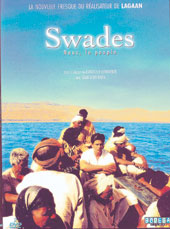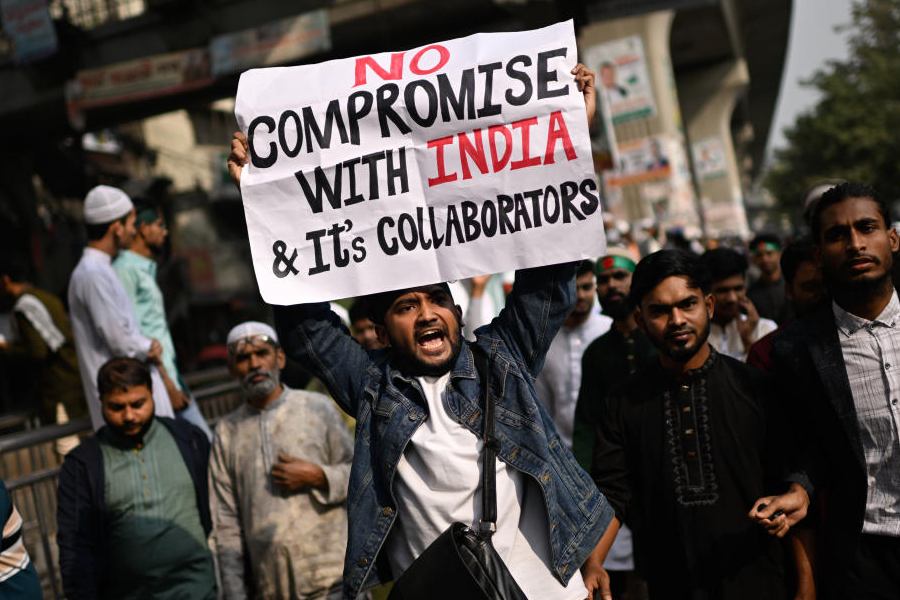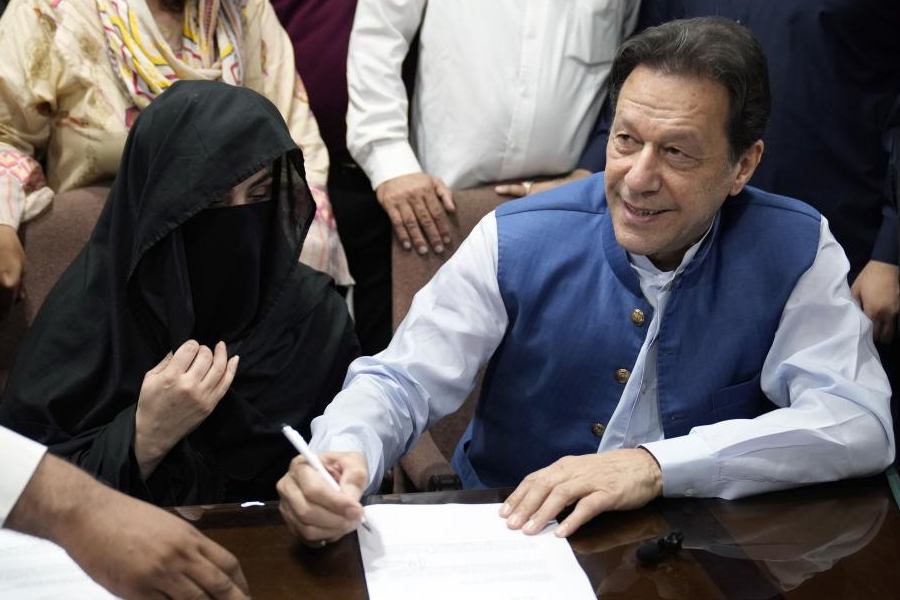 |
Continued FROM page 1
T hat’s testimony to the fact that Indian films are getting popular,” says Bhargava, pointing out that Israel does not have a large Indian population. Besides, he’s also looking at tapping markets like China, though the company has only sold the rights to its TV serial, Karishma, there so far.
There are different ways to break into different markets. In France and Germany, for example, the established art-house circuit helped Indian filmmakers to break in, points out Ashoka Holla, vice-president, motion pictures international & acquisitions, UTV. “People are receptive to alternative genres there,” he says.
That’s why it helps to target the film festival circuit initially. Says Ashok Jain, head of international acquisitions and sales, Venus Records & Tapes, “Once the films get a platform on the festival circuit, it becomes easier to attract local distributors as they see if it’s popular with the audience.” That’s what happened to Choker Bali. The film is now being dubbed in French and German and Jain is also negotiating with distributors in Brazil.
Even UTV only entered the non-traditional film export market in 2005 with Swades, pitching it as an Ashutosh Gowarikar film since he’d become quite famous after Lagaan. Over the last year, UTV has exported its films to Poland, Germany, France, Israel, Turkey and Iran. Now Holla wants to target difficult markets like Japan, Korea, Mexico, Argentina and Brazil. “If we can break into these markets, we can achieve a quantum jump in exports,” he says.
But producers will have to focus on better marketing their products if they are to succeed in these markets, feels Bhargava. “Every film needs to be positioned the way Hollywood films are,” he says.
Producers also need to nurture the markets after they have entered them. For instance, although several Rajnikant films were released in Japan after the film Muthu’s success in 1999-2000, the market actually died out. One industry observer says that could be because the producers who rushed in raised their prices, which couldn’t be sustained.
Even in Germany, Holl says that the market has been cooling off. “Currently, we don’t have a Hindi film boom, we have a SRK boom,” he says. That’s why Rapid Eye now wants “to establish other Indian filmmakers, genres and stars”. So it is releasing films like Krissh and Rang de Basanti. “We want them to notice that Indian filmmakers can do much more than the formula. Otherwise it will only be hype,” says Holl.
Have the new changing themes made Hindi and other regional language films more marketable? The answer is probably yes. But Khanna throws in a cautionary word. “The song and dance and drama is the USP. There is no other cinema like this,” he says.
Indian producers will also have to understand that not every film can cross over, cautions UTV’s Holla. For now, Indian films may be a long way off from replicating the success achieved by Spanish, Chinese or even Korean and Iranian cinema internationally. But at least they’ve made a beginning.
Photographs by Sanjit Kundu and Gajanan Dudhalkar











